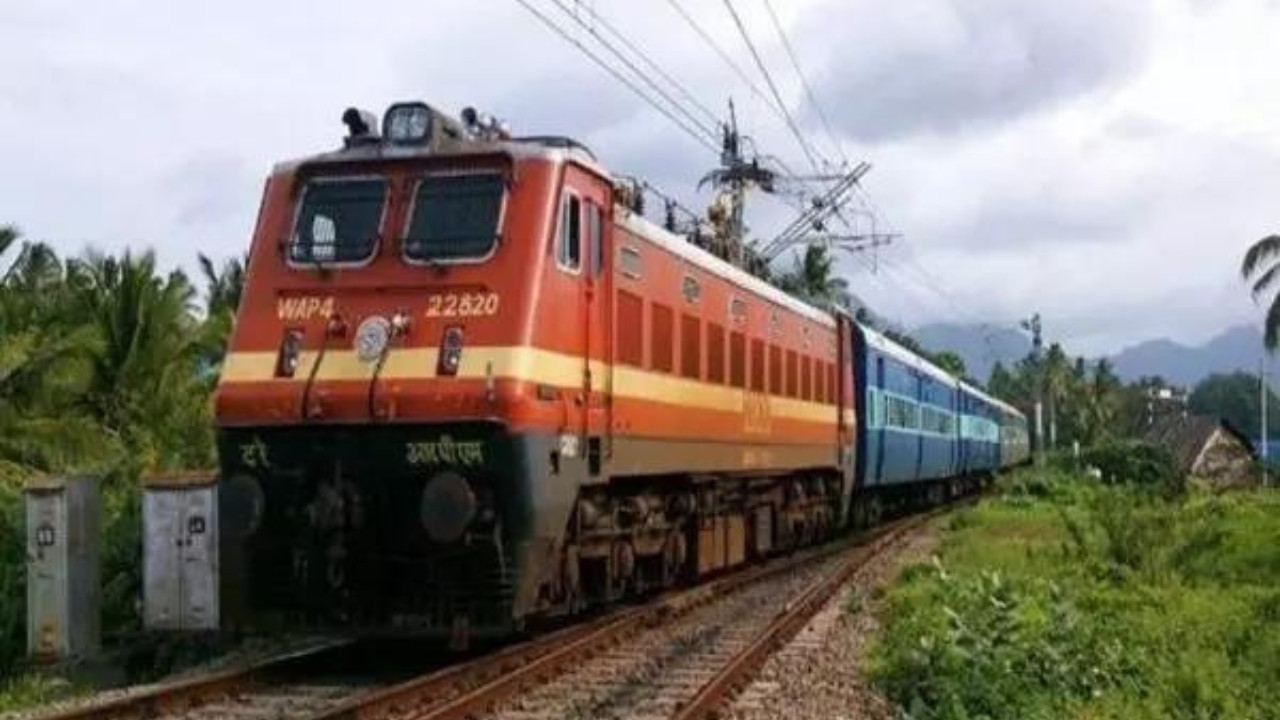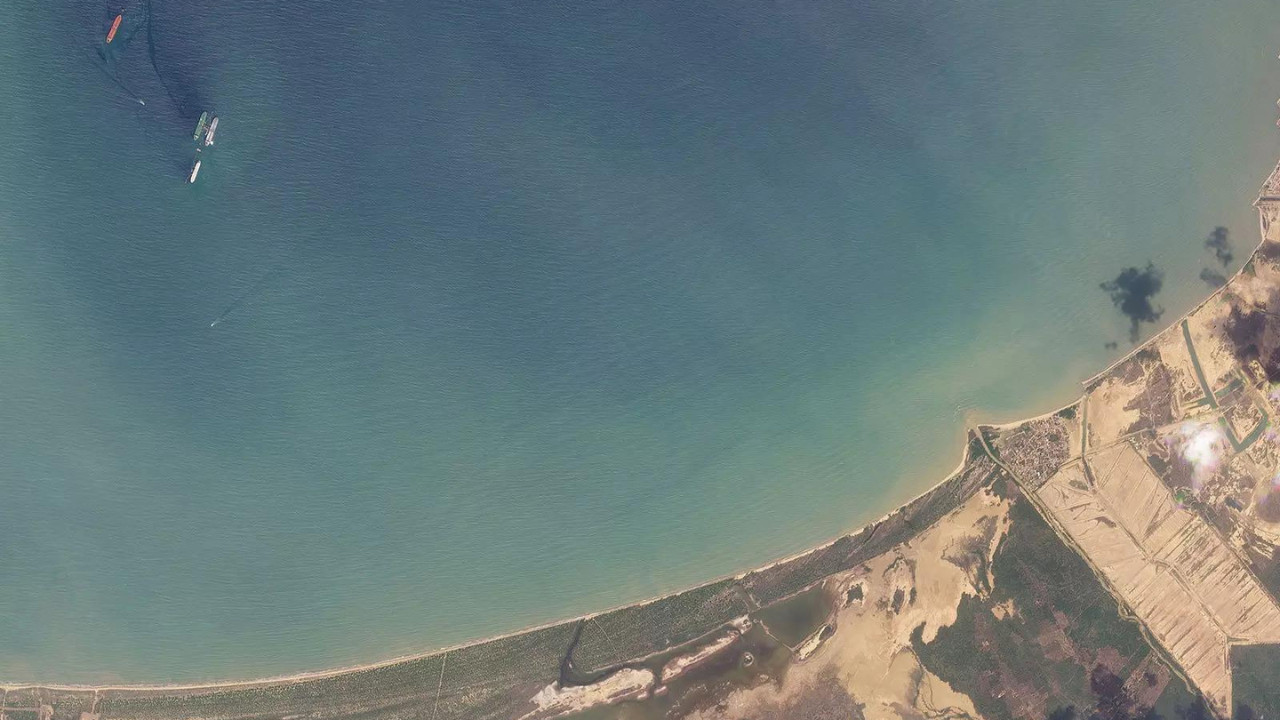The NCLAT has upheld Nuvoco Vistas’ acquisition of Vadraj Cement, dismissing an appeal challenging the resolution plan. The tribunal affirmed the NCLT’s approval of Nuvoco’s Rs 1,800 crore plan, noting the bid exceeded Vadraj Cement’s fair value. The decision addressed concerns regarding employee gratuity dues, confirming payouts aligned with the approved resolution plan.
Cementing Stability: NCLAT Upholds Acquisition in Nuvo’s Vadraj Cement
The high-stakes world of corporate insolvency can feel like a legal drama, full of twists, turns, and the ever-present threat of financial ruin. A recent ruling by the National Company Law Appellate Tribunal (NCLAT) has closed a chapter in one such drama, delivering a verdict that reinforces the acquisition landscape and offering a sigh of relief to stakeholders involved in the Nuvo’s Vadraj Cement saga.
The NCLAT, the appellate body for corporate disputes, has firmly dismissed a challenge to the acquisition of Vadraj Cement by Nuvoco Vistas Corporation. This decision essentially backs the prior approval given by the National Company Law Tribunal (NCLT) for a resolution plan worth ₹1,800 crore. This ruling is more than just a legal technicality; it’s a significant development that could have wider implications for how corporate insolvency resolutions are handled in India.
Challenging the Acquisition: A Look at the Arguments
What prompted the challenge in the first place? Certain operational creditors of Vadraj Cement had raised concerns, primarily revolving around the distribution of funds outlined in the approved resolution plan. They argued that the plan unfairly favored financial creditors at the expense of operational creditors, a frequent point of contention in insolvency proceedings. These creditors believed the resolution plan did not adequately address their dues, thus jeopardizing their own financial stability.
The crux of their argument rested on the perceived imbalance in the payout structure and the transparency surrounding the valuation process. They sought a more equitable distribution, one that they felt reflected their contribution to Vadraj Cement’s operations. The challenge created uncertainty, potentially delaying the resolution process and hindering the revival of Vadraj Cement.
NCLAT’s Stand: Approving the Resolution Plan
However, the NCLAT, after careful consideration of the arguments presented, sided with the NCLT’s original decision. The appellate tribunal essentially validated the resolution plan, affirming that it adhered to the legal framework governing insolvency proceedings and prioritized the overall interests of all stakeholders.
The NCLAT’s ruling underscored the importance of respecting the commercial wisdom of the Committee of Creditors (CoC), the group of lenders who play a crucial role in evaluating and approving resolution plans. The tribunal emphasized that interfering with the CoC’s decisions should only occur in exceptional circumstances, primarily when the plan violates legal provisions or is demonstrably unfair. This stance reinforces the autonomy granted to the CoC in navigating the complexities of corporate insolvency.

The Road to Resolution: A Timeline of Events
Vadraj Cement’s journey through insolvency began when the company faced significant financial distress. Unable to meet its debt obligations, the company was admitted into the Corporate Insolvency Resolution Process (CIRP). Nuvoco Vistas Corporation, a leading cement manufacturer, emerged as the successful resolution applicant, submitting a plan that aimed to revive Vadraj Cement’s operations and settle its outstanding debts.
The NCLT initially approved Nuvoco’s resolution plan, setting the stage for the acquisition. However, the challenge from operational creditors introduced a period of uncertainty, potentially jeopardizing the entire resolution process. The NCLAT’s recent decision has now cleared the path for the acquisition to proceed, paving the way for Vadraj Cement to be integrated into Nuvoco’s operations.
Implications for the Cement Industry and Beyond
The successful resolution of Vadraj Cement’s insolvency holds broader implications for the Indian cement industry and the overall corporate landscape. It demonstrates the effectiveness of the Insolvency and Bankruptcy Code (IBC) in resolving financial distress and facilitating the revival of viable businesses. This case reinforces investor confidence and encourages participation in the resolution process, thereby contributing to a healthier and more resilient economy. The acquisition also provides a boost to the cement sector, potentially leading to increased production and market stability.
Furthermore, the NCLAT’s emphasis on respecting the commercial wisdom of the CoC sets a precedent for future insolvency proceedings. It clarifies the boundaries of judicial intervention and reinforces the autonomy of financial creditors in making critical decisions regarding resolution plans. This balance is crucial for ensuring efficient and effective resolution processes that prioritize the interests of all stakeholders.
In conclusion, the NCLAT’s dismissal of the challenge to Nuvoco’s acquisition of Vadraj Cement marks a significant victory for the insolvency resolution process. It strengthens the legal framework, boosts investor confidence, and paves the way for the revival of a key player in the cement industry. The successful resolution serves as a positive example, demonstrating the potential of the IBC to address financial distress and contribute to a more robust and stable economy. See our similar article about corporate acquisitions [here](internal-link).







